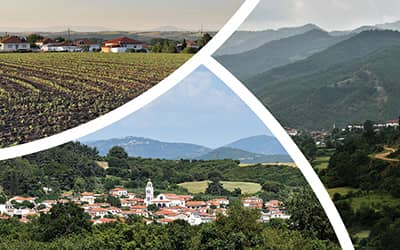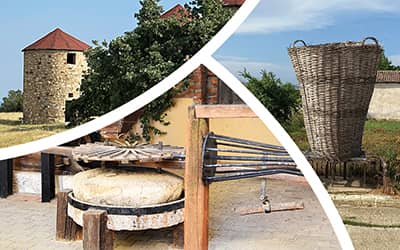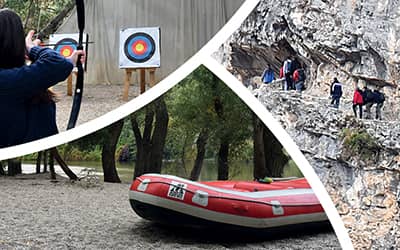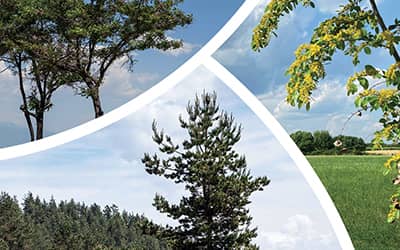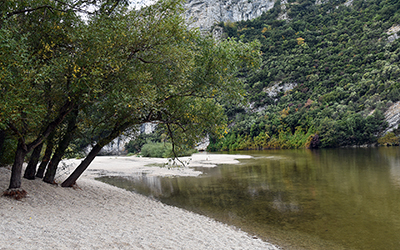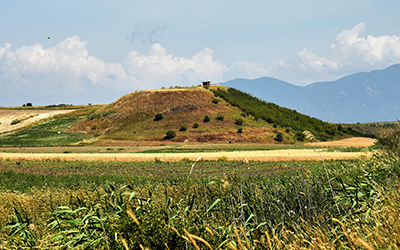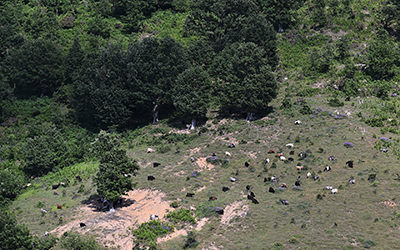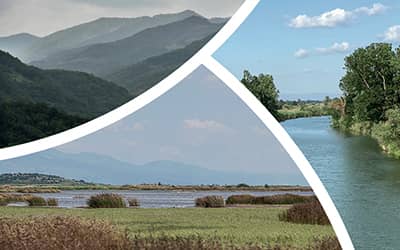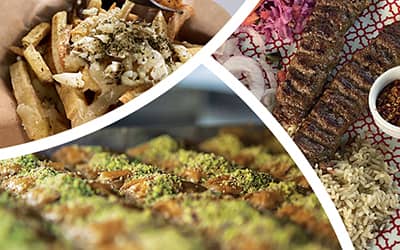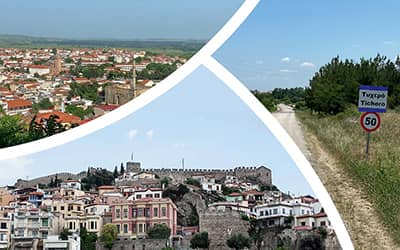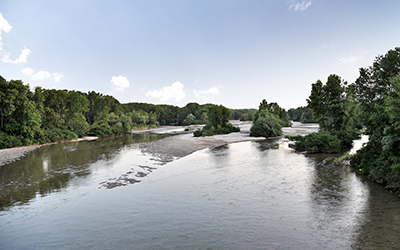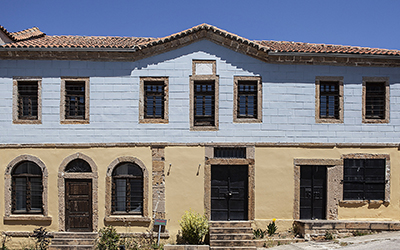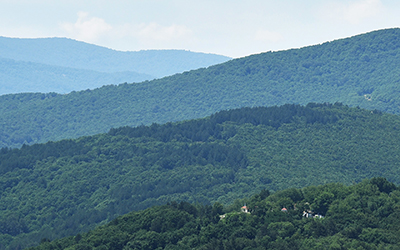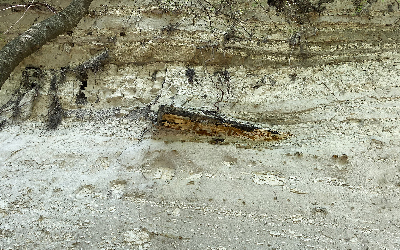Orphic echoes
From : Petroussa
To: Kamariotissa


















According to the mythical tradition, people were initially taught music in ancient Thrace, the birthplace of music. This unique human invention, this art that has the power to elevate people, to give birth to and express a whole world of emotions, is closely related to the entire Region of Eastern Macedonia and Thrace.
Orpheus, the most famous musician of antiquity, was coming from Thrace. Other famous musicians, poets, and singers lived and acted here, such as Thamyris, his son Musaeus, who according to others was the son or disciple of Orpheus, Eumolpus, Philammon.
You can look for all of them on the 'Orphic echoes' route presented below, in the places to which they relate.
But you can also hear their echoes in the region’s traditional and contemporary music production, in the international Music School Festivals that take place every year, in the important personalities (musicians, poets, singers) who have been and are still creating here.

